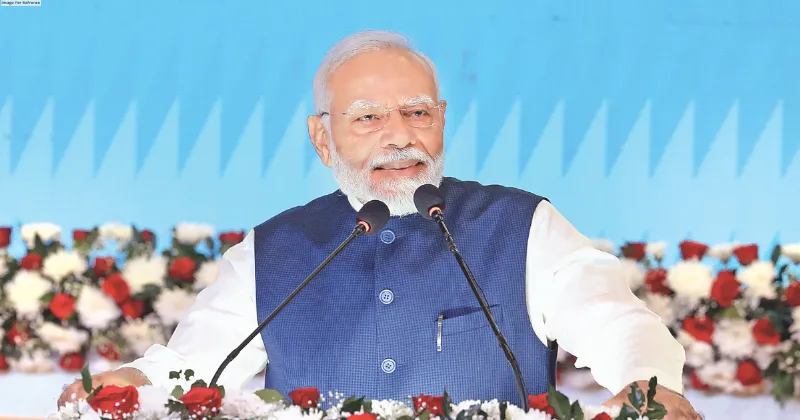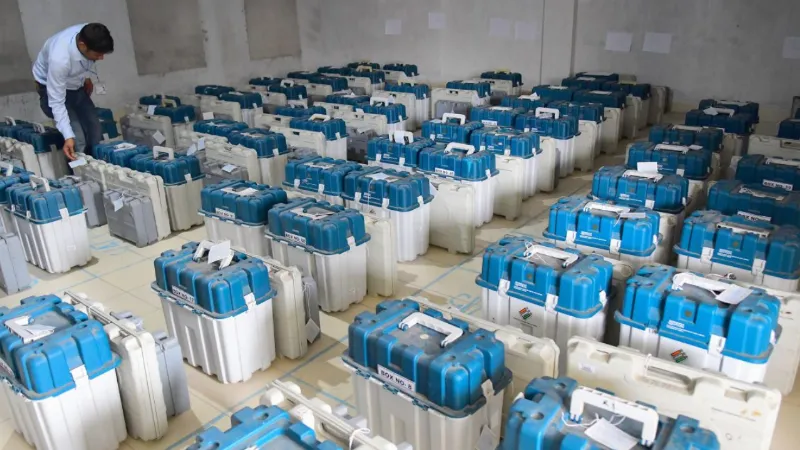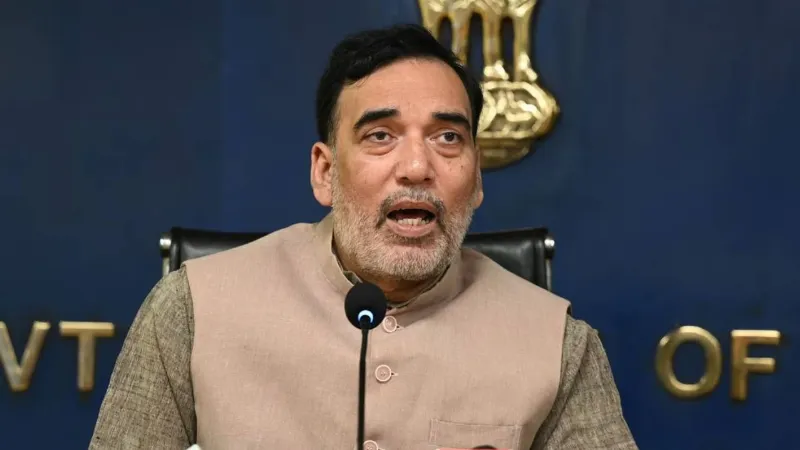STRATEGIC IMPORTANCE OF LAKSHADWEEP

Who would have imagined that a simple trip by Prime Minister Narendra Modi to these SW frontiers on 02 January 2024 and a tweet highlighting its pristine beauty and untapped potential would cause an international-relations storm of gigantic proportions. Three junior ministers from Maldives reacted strangely, posted disparaging and derogatory tweets followed by Boycott Maldives call by Indian celebrities and Bollywood. All this has brought focus on Lakshadweep archipelago with thousands of travellers flooding the net with searches for tour packages to Lakshadweep.
PIVOTAL LOCATION
Lakshadweep is an archipelago of 36 islands that are located some 400 km to the west of Kerala. The islands have a total land area of just 32 sq km but confer a 400,000-sq kms Exclusive Economic Zone (EEZ). Lakshadweep stands as sentinel in the Indian Ocean, overseeing the Sea Lines Of Communication (SLOC) that pass through ‘Nine Degree Channel’ named after the latitude that passes through the archipelago. The channel is used by all merchantmen shuttling to and from Europe, the Middle East and western Asia, and south east Asia and the far east. Possession of these islands away from the mainland provides a strategic and political advantage to India. Therefore, the security and preservation of island territories from state and non-state actors is vital for India.
UNTAPPED POTENTIAL
For centuries, Lakshadweep has been a beauty spot in the vast expanse of the Indian Ocean. Lakshadweep is a picturesque group of 36 islands but only 10 are inhabited and the total population is only about 73,000. Presently, the scintillating Lakshadweep which looks like emeralds embedded on a turquoise sea attracts less than ten thousand tourists annually. Developing the islands by investing in infrastructure, promoting sustainable tourism, and strengthening security measures are crucial steps and by doing so, India can transform this undiscovered asset into a shining beacon of prosperity and security in the Indian Ocean region.
STRATEGIC IMPORTANCE
The strategic importance of these island groups, straddling the most heavily sailed international maritime trade routes in the Indian Ocean Region (IOR) needs no emphasis. Lakshadweep has assumed strategic importance in recent years with the rise of China and its efforts to increase it’s presence in Indian Ocean Region. On April 7, 2021, the USS John Paul Jones, a guidedmissile destroyer, passed just off the coast of Lakshadweep. The proximity to Lakshadweep was indicative of the strategic importance of the archipelago. It is matter of concern that all major powers of the world are competing to show their presence militarily, diplomatically and politically to gain a foothold in the Indian Ocean Region (lOR). Lakshadweep can serve India as a Strategic Sentinel, Maritime Guardian and certainly as a Diplomatic Asset in the Indian Ocean.
Lakshadweep islands can serve as Indian naval base in the Arabian Sea to safeguard our EEZ, check smuggling & sea piracy, monitor SLOCs, counter China’s influence and help in joint training with friendly foreign countries like QUAD. The Indian defence establishments in Lakshadweep has been enhanced over the years. However, to achieve immense dominance over IOR, India has to upgrade its military involvement in this region.
WAY AHEAD
After a prolonged period of neglect, Indian Govt is now starting to believe that Lakshadweep islands can be used to counter China’s growing influence in neighbouring nations. India needs to reorient it’s thinking on these islands. The geographical location of these islands provides a tactical advantage to India during conflicts. If the need arises, Lakshadweep can also be used as an ‘unsinkable aircraft carrier’ away from the coastline of India.
There is potential for India to develop dual-use facilities in Lakshadweep for military and civilian purposes. Airfields and naval jetties on the islands can be upgraded to accommodate more traffic and larger aircraft. Most islands already naval bases and units, These facilities can serve tourism and military needs alike, with most infrastructure development funding. The inclusion of locals must be the first step in this development process.
CONCLUSION
The current LakshadweepMaldives row is a spark that should propel us to take resolute steps to develop our island assets and bolster India’s maritime muscles. A well-orchestrated use of these islands, to further the Nation’s foreign and strategic policy, is the present requirement of India. Secure and stable Island territories would be the launch pad for India to rediscover its great maritime and political influence in this region. A thoughtful and comprehensive defence-centric strategy would be the key to addressing the multifaceted challenges faced by Lakshadweep in the changing geopolitics of IOR.
THE VIEWS EXPRESSED BY THE AUTHOR ARE PERSONAL
Maj Gen CP Singh (Retd) The writer is a scholar soldier accredited with MA, MSc, LLB, MBA, M Phil (Def Mgt) and M Phil (International Strategic Affairs)





















